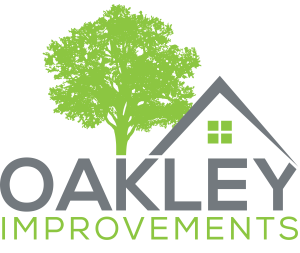Solar energy is a renewable and sustainable source of power derived from the sun’s radiation. This energy can be harnessed and converted into electricity or heat, making it an essential player in the global shift towards clean energy. The primary technologies used to capture and utilise solar energy are solar panels and solar batteries.
The integration of solar panels and batteries forms a comprehensive solar energy system capable of supplying reliable, renewable power. The basic components of such a system include:
Get in Touch
Solar panels, also known as photovoltaic (PV) panels, are devices that convert sunlight directly into electricity. They are made up of many solar cells, typically composed of silicon, which is a semiconductor material. When sunlight strikes these cells, it excites the electrons, creating an electric current. This process is known as the photovoltaic effect.
Types of Solar Panels:
Key Components of Solar Panels:
Read More
Solar batteries are used to store the electricity generated by solar panels for use when sunlight is not available, such as during the night or cloudy days. This ensures a continuous power supply and maximizes the efficiency and reliability of a solar energy system.
Types of Solar Batteries:
Key Benefits of Solar Batteries:
Read More
The integration of solar panels and batteries forms a comprehensive solar energy system capable of supplying reliable, renewable power. The basic components of such a system include:
Get in Touch

At Oakley Improvements, we are dedicated to providing top-notch solar energy solutions tailored to your specific needs. Whether you are interested in installing solar panels, integrating solar batteries, or seeking advice on optimising your energy usage, our team of experts is here to help. To learn more about our services or to schedule a consultation, please contact us at 0800 669 6090 or email us at admin@oakleyimprovements.com. Alternatively please fill out our contact form and a member of our team will get back to you.